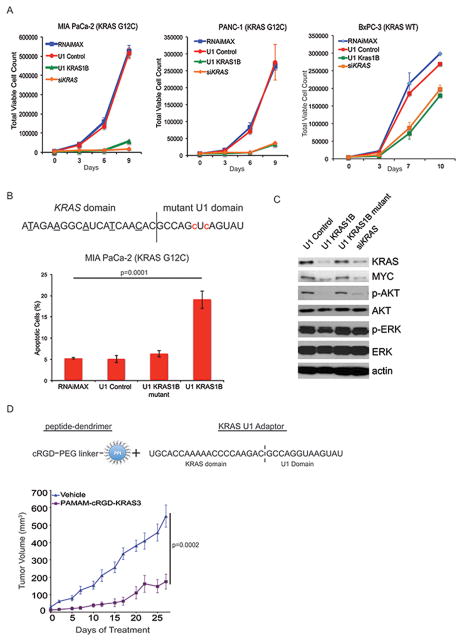Figure 2. U1 Adaptors targeting KRAS are effective in vitro and in vivo.
A, Cell growth inhibition assay of human pancreatic cancer cell lines MIA PaCa-2, PANC-1, and BxPC-3, after transfection with U1 KRAS1B every 72 hours over 9 days compared to U1 Control adaptor and siKRAS. B, (Top) Schematic of the U1 KRAS1B mutant adaptor. Nucleotides underlined in the KRAS domain have been LNA-modified. Red lowercase nucleotides represent the mutated nucleotides of the U1 domain. (Bottom) Apoptosis assay using Annexin V staining following transfection of MIA PaCa-2 cells with 10 μM U1 Control, U1 KRAS1B, U1 KRAS1B mutant, or siKRAS. after 72 hours (P=0.0001), with RNAiMAX serving as an additional negative control. C, Western blots for KRAS, MYC, p-AKT, AKT, p-ERK, and ERK, 72 hours following transfection of MIA PaCa-2 cells as in B. Actin serves as a loading control. D, Schematic of the peptide (cRGD)-dendrimer (PPI) linked to the U1 KRAS3 adaptor (Top) used for in vivo delivery of the KRAS adaptor. (Bottom) MIA PaCa-2 xenograft mice (n=9) were treated with cRGD-PAMAM-KRAS3 complex (2 μg KRAS3 Adaptor, 7.5 μg cRGD-PAMAM complex per dose) by tail vein injection twice weekly starting when tumors reached 40–50mm3. 68% growth inhibition observed when compared with vehicle control (p=0.0002).

